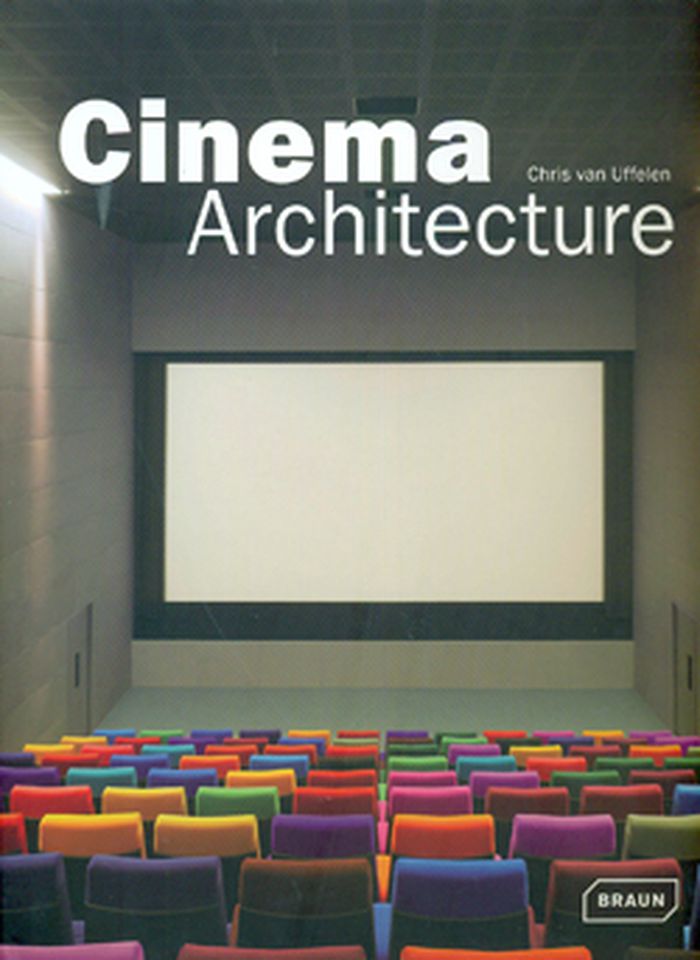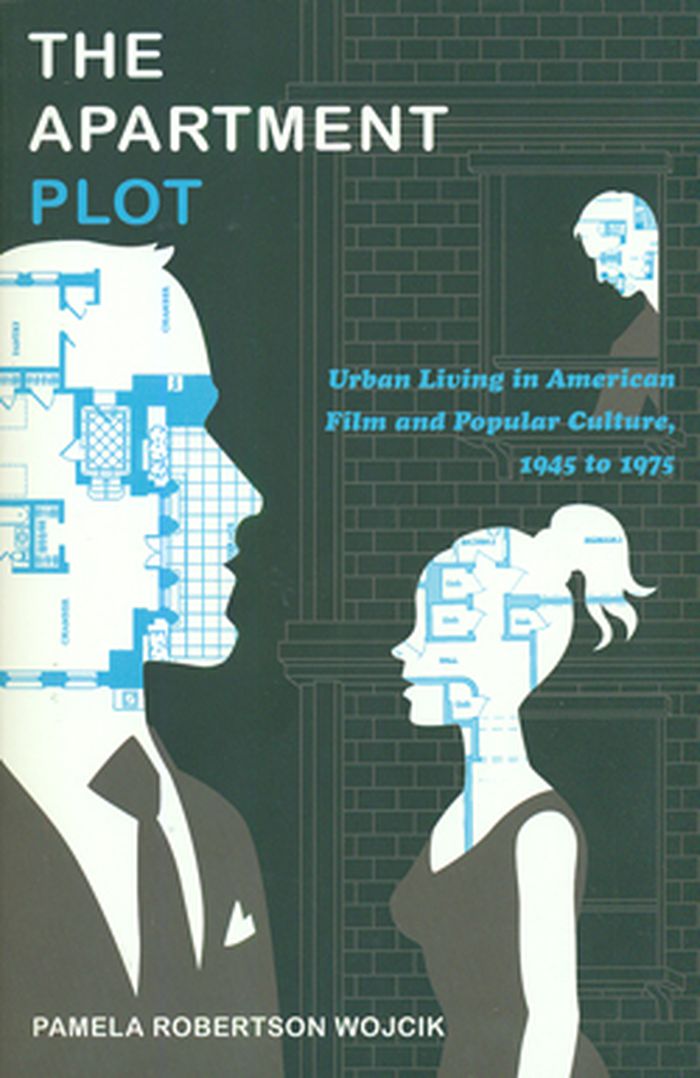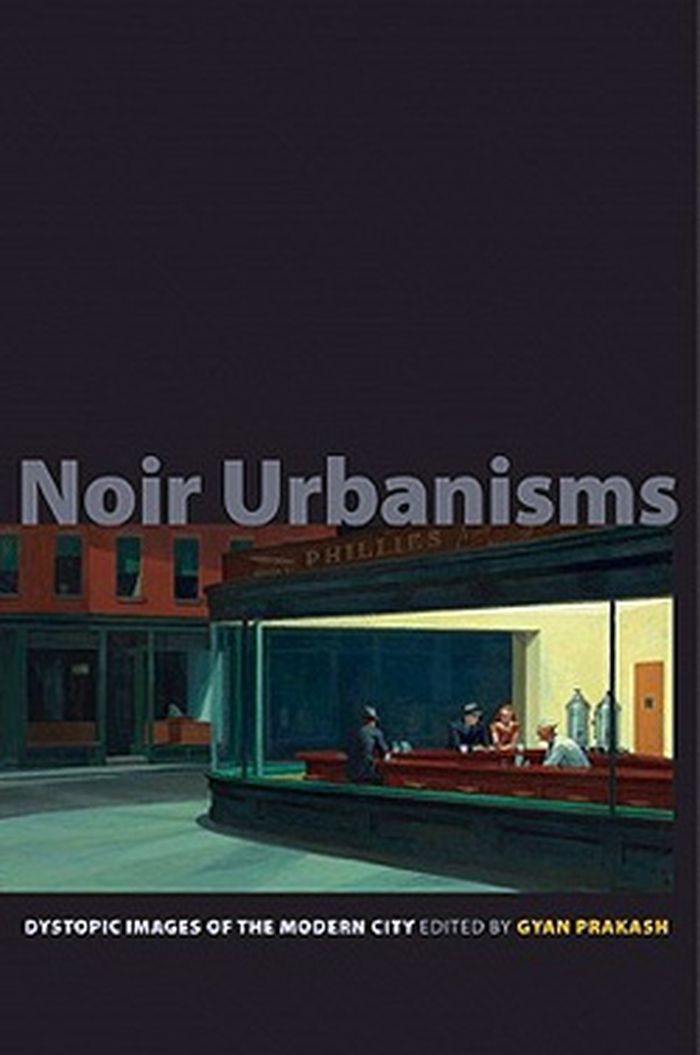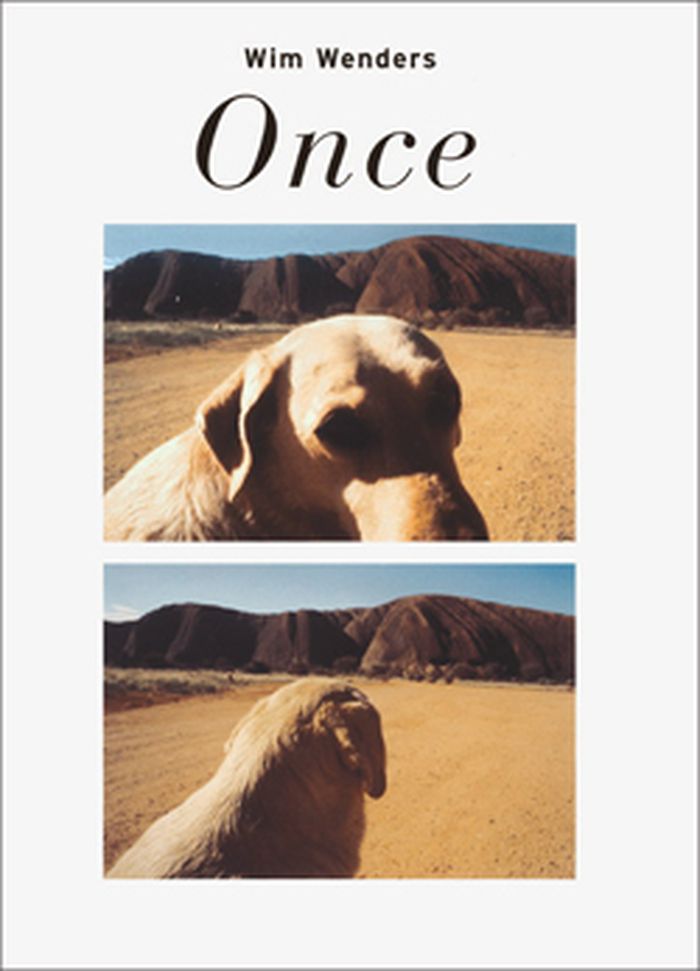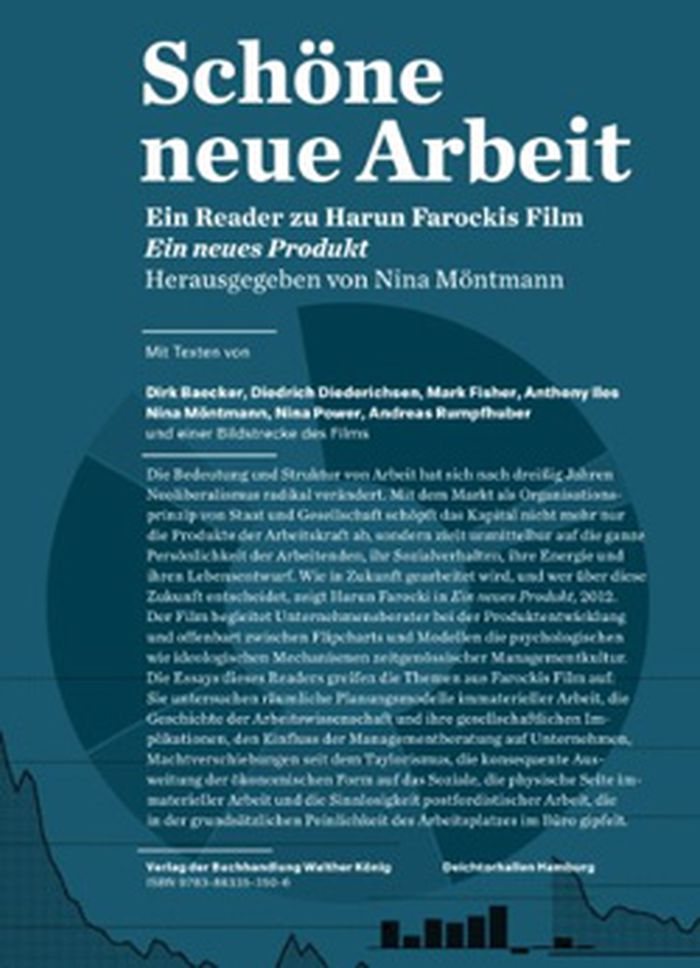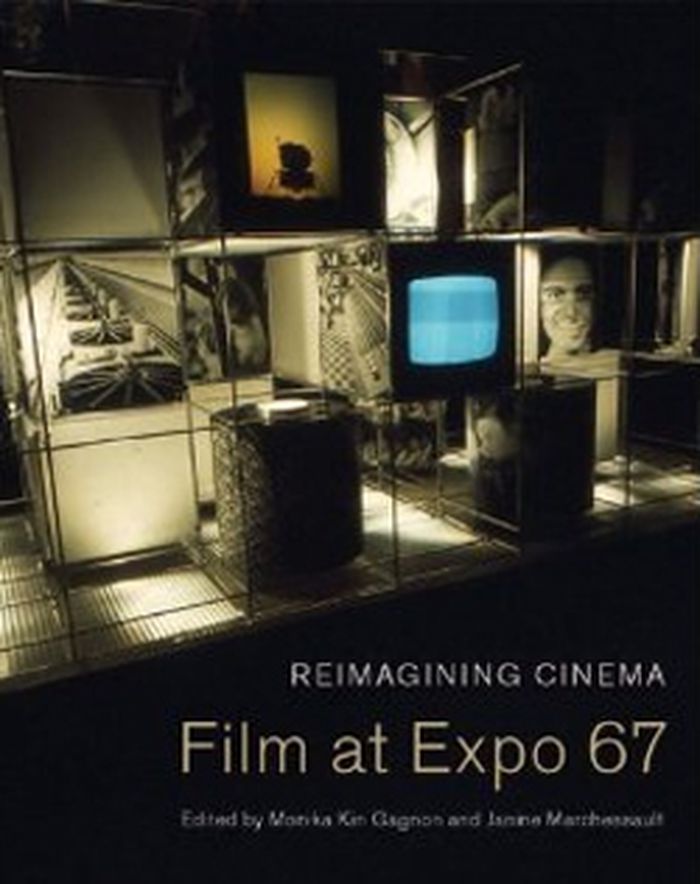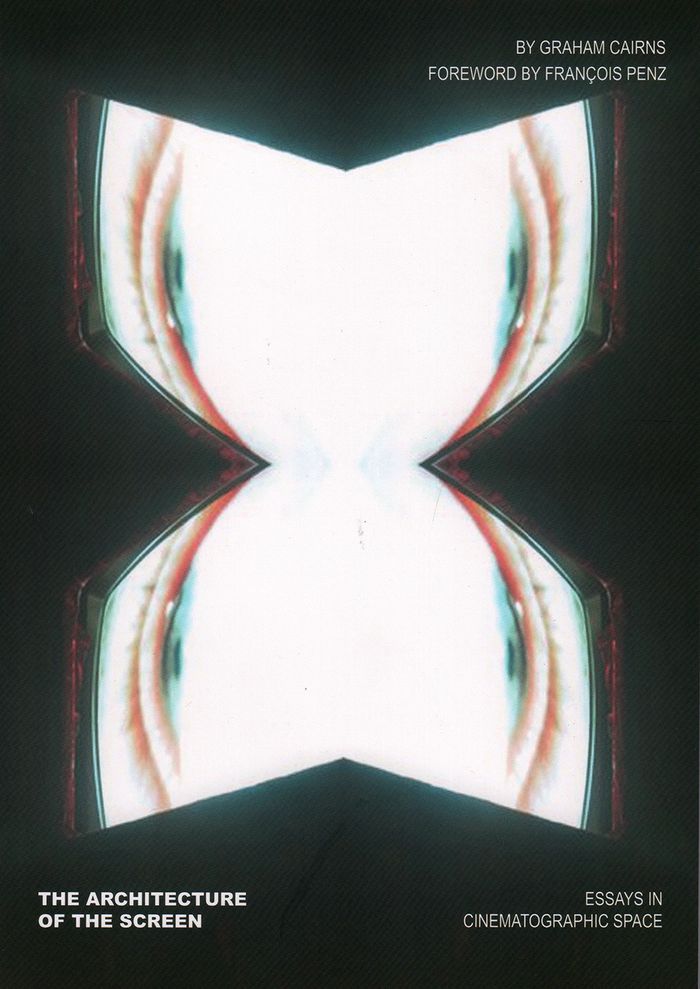Cinema architecture
$78.00
(disponible sur commande)
Résumé:
Cinema Architecture explores different types of movie theatres. These range from self-contained buildings to cinemas that are components of entertainment or cultural centres, cinemas that are outside of their usual context, for instance in hotels, as well as multi-functional mobile screening constructions. The volume also focusses on the interior design which spans from(...)
Cinema architecture
Actions:
Prix:
$78.00
(disponible sur commande)
Résumé:
Cinema Architecture explores different types of movie theatres. These range from self-contained buildings to cinemas that are components of entertainment or cultural centres, cinemas that are outside of their usual context, for instance in hotels, as well as multi-functional mobile screening constructions. The volume also focusses on the interior design which spans from flamboyant, luxurious and opulent to minimalist, modern and refined.
$86.00
(disponible sur commande)
Résumé:
Drawing on insights from the most prominent Hollywood production designers and the historical knowledge of the venerable Art Directors Guild, Designs on Filmdelves into the detailed process of how sets are imagined, drawn, built, and decorated.
Designs on film: A century of Hollywood art direction
Actions:
Prix:
$86.00
(disponible sur commande)
Résumé:
Drawing on insights from the most prominent Hollywood production designers and the historical knowledge of the venerable Art Directors Guild, Designs on Filmdelves into the detailed process of how sets are imagined, drawn, built, and decorated.
$27.95
(disponible sur commande)
Résumé:
Rethinking the significance of films including "Pillow Talk," "Rear Window," and "The Seven Year Itch," Pamela Robertson Wojcik examines the popularity of the "apartment plot," her term for stories in which the apartment functions as a central narrative device. From the baby boom years into the 1970s, the apartment plot was not only key to films; it also surfaced in TV(...)
novembre 2010
The apartment plot : urban living in American film and popular culture, 1945 to 1975
Actions:
Prix:
$27.95
(disponible sur commande)
Résumé:
Rethinking the significance of films including "Pillow Talk," "Rear Window," and "The Seven Year Itch," Pamela Robertson Wojcik examines the popularity of the "apartment plot," her term for stories in which the apartment functions as a central narrative device. From the baby boom years into the 1970s, the apartment plot was not only key to films; it also surfaced in TV shows, Broadway plays, literature, and comic strips, from "The Honeymooners" and" The Mary Tyler Moore Show "to" Subways are for Sleeping "and" Apartment 3-G." By identifying the apartment plot as a film genre, Wojcik reveals affinities between movies generally viewed as belonging to such distinct genres as film noir, romantic comedy, and melodrama. She analyzes the apartment plot as part of a mid-twentieth-century urban discourse, showing how it offers a vision of home centered on values of community, visibility, contact, mobility, impermanence, and porousness that contrasts with views of home as private, stable, and family-based.
$32.95
(disponible sur commande)
Résumé:
Dystopic imagery has figured prominently in modern depictions of the urban landscape. The city is often portrayed as a terrifying world of darkness, crisis, and catastrophe. Noir Urbanisms traces the history of the modern city through its critical representations in art, cinema, print journalism, literature, sociology, and architecture. It focuses on visual forms of(...)
Noir urbanisms: Dystopic images of the modern city
Actions:
Prix:
$32.95
(disponible sur commande)
Résumé:
Dystopic imagery has figured prominently in modern depictions of the urban landscape. The city is often portrayed as a terrifying world of darkness, crisis, and catastrophe. Noir Urbanisms traces the history of the modern city through its critical representations in art, cinema, print journalism, literature, sociology, and architecture. It focuses on visual forms of dystopic representation--because the history of the modern city is inseparable from the production and circulation of images--and examines their strengths and limits as urban criticism. Contributors explore dystopic images of the modern city in Germany, Mexico, Japan, India, South Africa, China, and the United States. Their topics include Weimar representations of urban dystopia in Fritz Lang's 1927 film Metropolis; 1960s modernist architecture in Mexico City; Hollywood film noir of the 1940s and 1950s; the recurring fictional destruction of Tokyo in postwar Japan's sci-fi doom culture; the urban fringe in Bombay cinema; fictional explorations of urban dystopia in postapartheid Johannesburg; and Delhi's out-of-control and media-saturated urbanism in the 1980s and 1990s. What emerges in Noir Urbanisms is the unsettling and disorienting alchemy between dark representations and the modern urban experience.
$36.00
(disponible sur commande)
Résumé:
In the tradition of "Paris, Texas" and "Faraway, So Close", the texts and pictures in this publication weave ambiguous and moving narratives in fits of rhythmic prose and inventive imagery. Prefaced by Wenders' poetic meditations on the metaphysics of photography and film, the book consists of short, autobiographical sketches relating Wenders' experiences — both(...)
octobre 2010
Wim Wenders : once, pictures and stories
Actions:
Prix:
$36.00
(disponible sur commande)
Résumé:
In the tradition of "Paris, Texas" and "Faraway, So Close", the texts and pictures in this publication weave ambiguous and moving narratives in fits of rhythmic prose and inventive imagery. Prefaced by Wenders' poetic meditations on the metaphysics of photography and film, the book consists of short, autobiographical sketches relating Wenders' experiences — both meaningful and apparently trivial — on his trips across the world scouting locations for his films, as well as photographs taken during these excursions. The result is at once travel diary, photo album, and a series of short films or short stories — revealing the views and sentiments of an auteur inspired by the poetry of the eye and the melody of speech.
$45.00
(disponible sur commande)
Résumé:
Harun Farocki’s (born 1944) latest film Ein Neues Produkt looks at the structure of workplaces from architectural, social and economic perspectives, documenting a year in the life of a consulting firm. This accompanying volume includes six essays and an interview.
Brave new work : a reader on Harun Farocki's film
Actions:
Prix:
$45.00
(disponible sur commande)
Résumé:
Harun Farocki’s (born 1944) latest film Ein Neues Produkt looks at the structure of workplaces from architectural, social and economic perspectives, documenting a year in the life of a consulting firm. This accompanying volume includes six essays and an interview.
$39.95
(disponible sur commande)
Résumé:
Reimagining Cinem explores the innovations that film and media artists offered Expo audiences and presents extensive visual material to reconstruct the viewer's experience.The book reflects how the Expo 67 film-events were encountered as creative experimentations that resonated with broader 1960s arts and culture, and as institutional collaborations with artists. More(...)
novembre 2014
Reimagining cinema: film at Expo 67
Actions:
Prix:
$39.95
(disponible sur commande)
Résumé:
Reimagining Cinem explores the innovations that film and media artists offered Expo audiences and presents extensive visual material to reconstruct the viewer's experience.The book reflects how the Expo 67 film-events were encountered as creative experimentations that resonated with broader 1960s arts and culture, and as institutional collaborations with artists. More displays of photographic, cinematic, and telematic technology were experienced at Expo 67 than in any other previous world exposition. Reimagining Cinema captures the complexity and imaginative fervour of this exciting period in film history.
$45.00
(disponible sur commande)
Résumé:
With the birth of film came the birth of a revolutionary visual language. This book examines the relationship between the visual language of film and the onscreen perception of space and architectural design, revealing how film's visual vocabulary influenced architecture in the twentieth century and continues to influence it today.
The architecture of the screen
Actions:
Prix:
$45.00
(disponible sur commande)
Résumé:
With the birth of film came the birth of a revolutionary visual language. This book examines the relationship between the visual language of film and the onscreen perception of space and architectural design, revealing how film's visual vocabulary influenced architecture in the twentieth century and continues to influence it today.
$27.95
(disponible sur commande)
Résumé:
Corridor offers a series of conceptually provocative readings that illuminate a hidden and surprising relationship between architectural space and modern American fiction. By paying close attention to fictional descriptions of some of modernity's least remarkable structures, Kate Marshall discovers a rich network of connections between corridors and novels, one that also(...)
Corridor: media architecture in american fiction
Actions:
Prix:
$27.95
(disponible sur commande)
Résumé:
Corridor offers a series of conceptually provocative readings that illuminate a hidden and surprising relationship between architectural space and modern American fiction. By paying close attention to fictional descriptions of some of modernity's least remarkable structures, Kate Marshall discovers a rich network of connections between corridors and novels, one that also sheds new light on the nature of modern media.
$19.95
(disponible sur commande)
Résumé:
From one of the earliest mobile shots in film history — a voyage up the Grand Canal shot in 1896 — to classic depictions of the city like Summertime, Death in Venice, and Don’t Look Now, as well as recent big budget productions such as The Tourist, this book spans the history of filmmaking in Venice.
World film locations : Venice
Actions:
Prix:
$19.95
(disponible sur commande)
Résumé:
From one of the earliest mobile shots in film history — a voyage up the Grand Canal shot in 1896 — to classic depictions of the city like Summertime, Death in Venice, and Don’t Look Now, as well as recent big budget productions such as The Tourist, this book spans the history of filmmaking in Venice.
